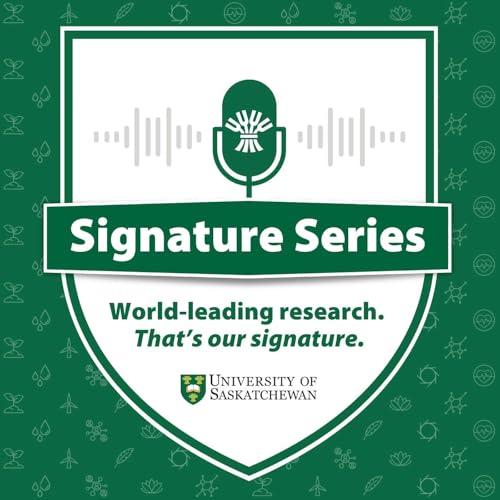
Episode 09 - What are the long-term effects of increasing wildfires?
カートのアイテムが多すぎます
カートに追加できませんでした。
ウィッシュリストに追加できませんでした。
ほしい物リストの削除に失敗しました。
ポッドキャストのフォローに失敗しました
ポッドキャストのフォロー解除に失敗しました
-
ナレーター:
-
著者:
このコンテンツについて
Dr. Colin Laroque (PhD) listens to what the trees tell him.
Laroque, a professor in USask’s College of Agriculture and Bioresources and the head of the Department of Soil Sciences, is an expert dendrochronologist. Or, in other words, he is an expert in “tree-ring analysis,” which allows him to read the rings of trees to get a better understanding of the environment over years, decades and centuries.
In recent years, the number of wildfires in Canada and around the world have increased, with more area being burned and more effort being put into dealing with them. As Laroque puts it, the environment is changing, but those changes take long periods of time before they can be understood as trends or a “new normal.”
For Laroque, the questions are not whether or not this more regular and severe wildfire season is here to stay, but whether or not we’ve reached the apex of what this “new normal” looks like for wildfires.
On this episode of the USask Signature Series podcast, we answer the question “What will increasing wildfires do to our environment, and is there anything we can do about it?”
- Host: Matt Olson
- Producers: Matt Olson and Leslie-Ann Schlosser
- Editor: Matt Olson
- Graphics and Marketing: USask Research Profile and Impact office
- Original Music created by Silas Friesen
Questions? Email research.communications@usask.ca
Check out USask research on Instagram, X/Twitter, LinkedIn and on the University of Saskatchewan's web pages!



